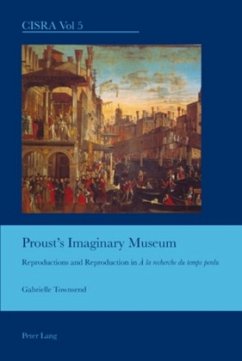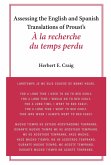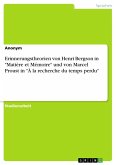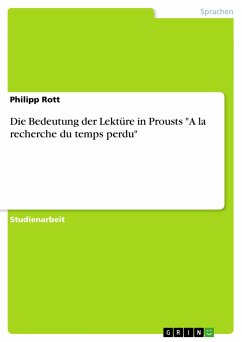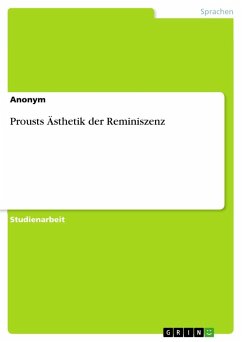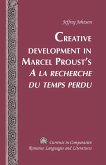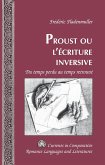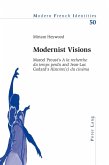This study of Marcel Proust's creative imagination examines an aspect of the novel that has hitherto been largely overlooked: the author's dependence on secondary visual sources. Proust made constant use of reproductions - photographs, engravings, postcards, illustrations in books - as sources of reference and as narrative devices in their own right. Furthermore, he consistently chose to use reproductions in preference to originals, whether people, places or works of art. Bringing together for the first time a mass of factual information documenting Proust's use of second-hand images, the author argues that reproductions play a key role in the work's complex, multi-layered structure. Rather than being hampered by their limitations, Proust took advantage of their distancing effect to free his imagination and to insert new layers of meaning into his narrative.
«In this elegant book (with good reproductions of works of art used by Proust), Townsend has identified a gap in Proustian scholarship [...]. Little consideration has been given thus far to reproduced images and photography. [The book is] a timely critical contribution to the relation between the viewer and the visible [...].» (Nathalie Aubert, Journal of Romance Studies)

